Huawei P20 and P20 Pro hands-on: Lust-worthy contenders with serious cameras

Things haven't necessarily been going in Huawei's favor of late. Heading into the new year, the Chinese company made an ambitious push over the crucial holiday period by ramping up advertisements here in the US about "the best phone you've never head of," which was the Huawei Mate 10 Pro. Optimistic about its impending launch in the US, the company was given a big blow in the form of souring relationships with two of the biggest wireless carriers in the country; AT&T and Verizon.
Design
Impressively, there's been a dramatic change in the design of the P20 and P20 Pro versus last year's offering. For starters, the new Twilight color is simply stunning – offering a gradient of colors that beautifully shimmer from a cool blue at one end, to a warm red tone at the other. If there's a new trendy color scheme to copy, this is absolutely it. Sure, it's highly reflective and can become a magnet for fingerprints, but when it's clean and clear, boy is it an attention grabber.
With this year's pair, Huawei has adopted the trendy glass meets metal designs that have become pretty much commonplace – as opposed to the all-metal construction of last year's efforts. Sporting those beveled edges as well, the phone feel really good in the hand thanks. Obviously, the P20 Pro is taller and wider, making it a bit of a stretch to use with one hand. Besides that, they share quite a few commonalities, like the placement of their buttons and their fingerprint sensors situated below their respective displays.
Display
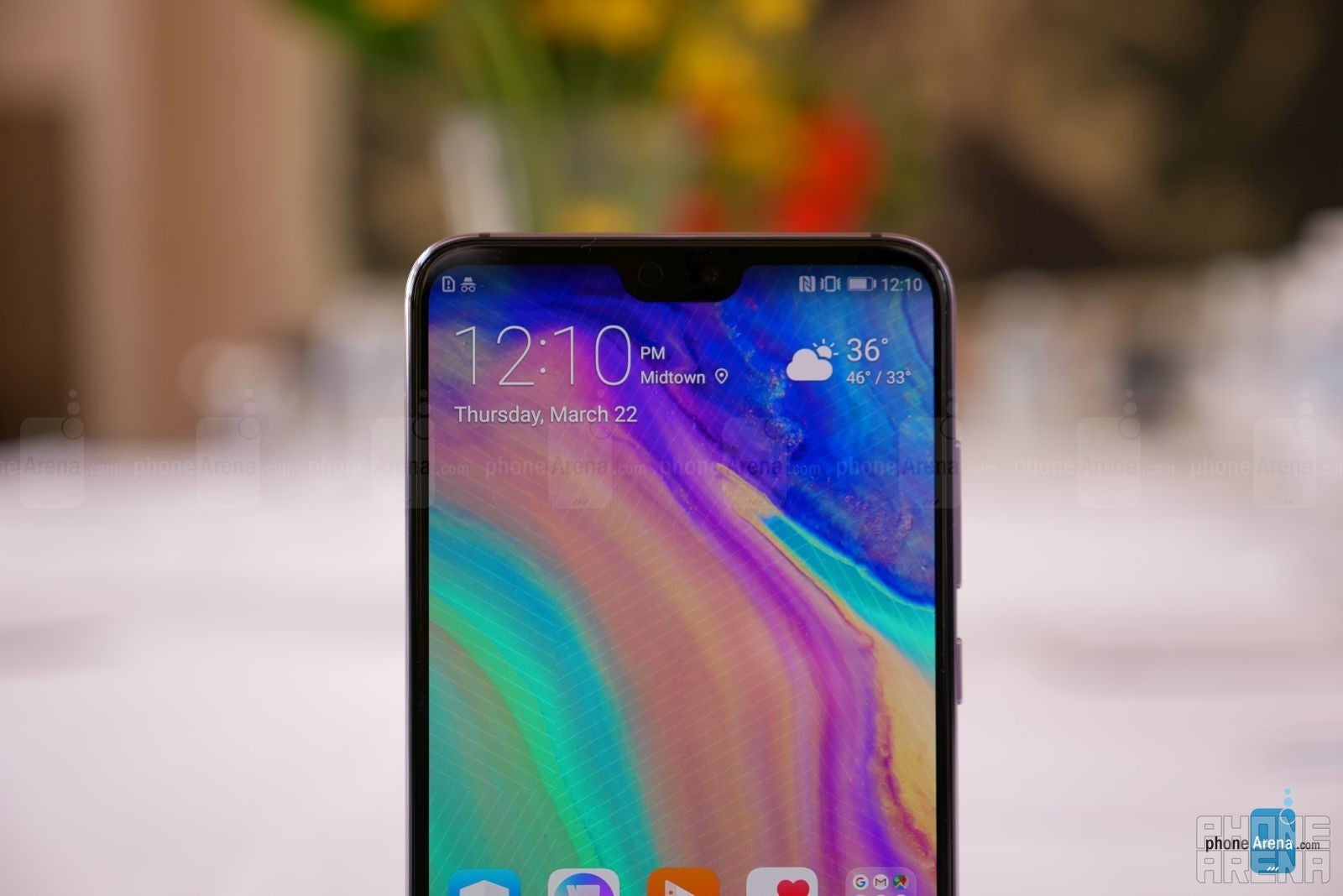
The notch!
The notch, in particular, is narrower than that found on the iPhone X's, but it's a distraction that's difficult to overlook when we first look at the phone. Sure, that distraction will dissipate over time, but there's no other technology involved with the it. While it does offer a face unlock feature, it actually resorts to 2D mapping to recognize faces.
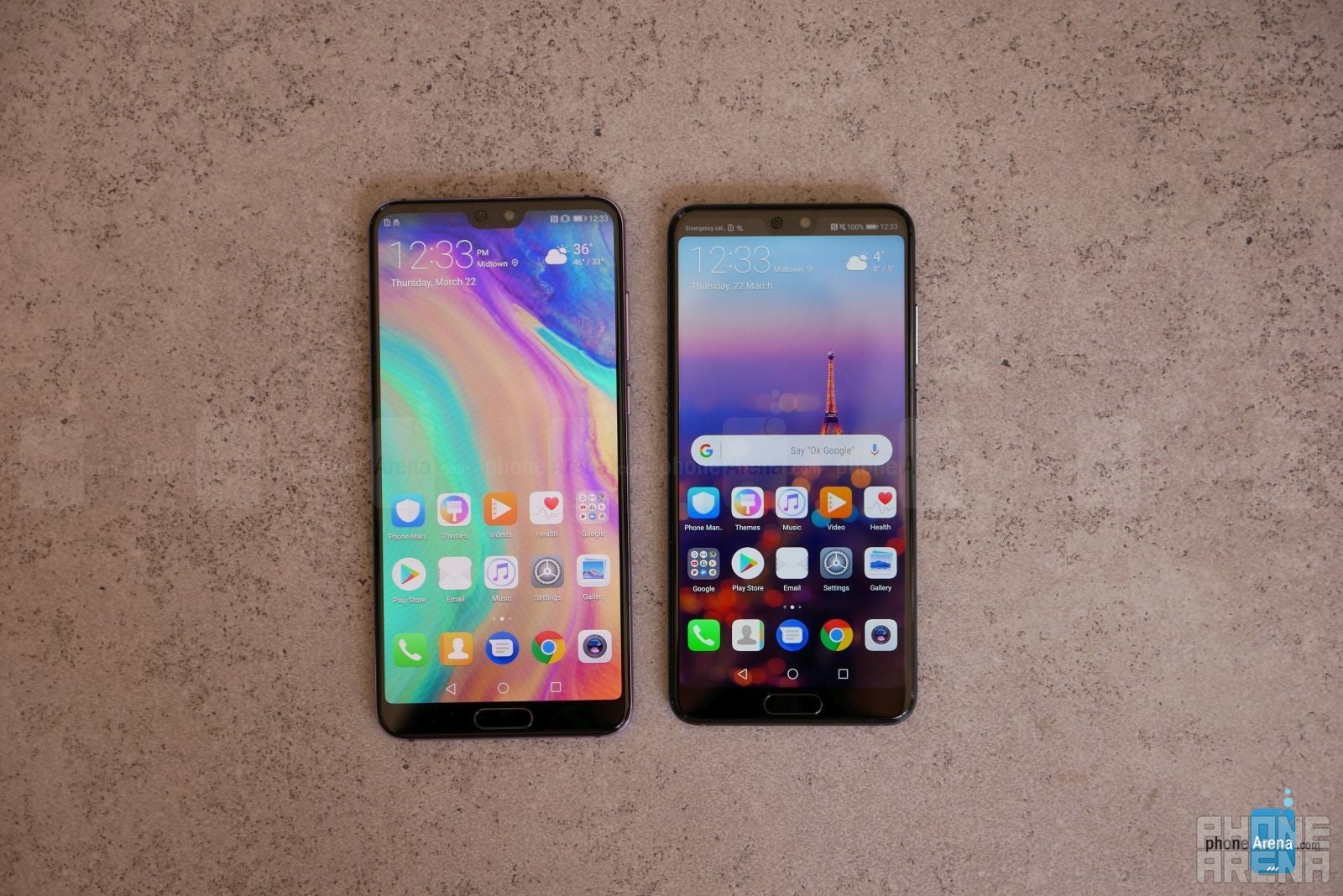
User Interface
Huawei didn't spend a great deal of time with the interface running on both phones. From our quick inspection, though, it's running the same Emotion UI 8.0 experience we've seen in previous devices like the Honor View 10 and Huawei Mate 10 series – so to that degree, there's nothing totally out of the ordinary with the interface's look and feel.
Instead, the attention was focused on the AI-driven features of the phones, which are powered by the Kirin 970 chipsets. Even though both are accompanied by a generous 128GB of internal storage with microSD card expansion, the P20 Pro receives 6GB of RAM, as opposed to the 4GB in tow with the P20. In the short time checking the two out, they seemed pretty responsive with most baseline functions.
Going back to those AI-centric features, it seems to target the cameras more than anything else in the software. We've seen already how the AI-powered camera can intelligently detect scenes, adjusting certain parameters for optimal results, but we wouldn't go far to say that it's due to artificial intelligence. Until the phones can provide relevant suggestions or feedback based on our usage and habits on the phone, it's tough to classify this as artificial intelligence.
Camera
Speaking of the cameras, this is where things get pretty exciting! The Galaxy S9 might've introduced us to variable aperture, but the P20 Pro goes another route with its triple cameras. As for the P20, it's only armed with a dual-camera system, a 12MP 4/1.8 RGB sensor paired with a 20MP f/1.6 mono sensor, which is still nice for achieving those sick portrait shots, but the P20 Pro really steals things with its triple cameras.
So, what does it involve? Well, it breaks down to a standard 40MP main RGB sensor, a 20MP mono sensor, and an 8MP telephoto sensor. The combination of these three cameras enable the P20 Pro to snap faster, shoot farther, and produce richer colors. In fact, it's noted for achieving the highest ISO level in a smartphone; ISO 102,400. Meanwhile, the addition of that telephoto lens allows for a 5x hybrid with AI master stabilization to allow users to capture sharp looking 4-second-long exposure shots. Over on the video side, it can shoot those super slow-motion footage at 960 FPS in 720p.
We did snap a few photos using the phone, and not surprisingly, the AI-driven camera intelligently detects more scenes than before. For example, we used the front facing camera to snap selfies, so the camera automatically detected it as a portrait shot and applied the bokeh effect to the background. The zoom is definitely a nice addition here to offer a bit more variety, but we're eager to see how it performs under low light!
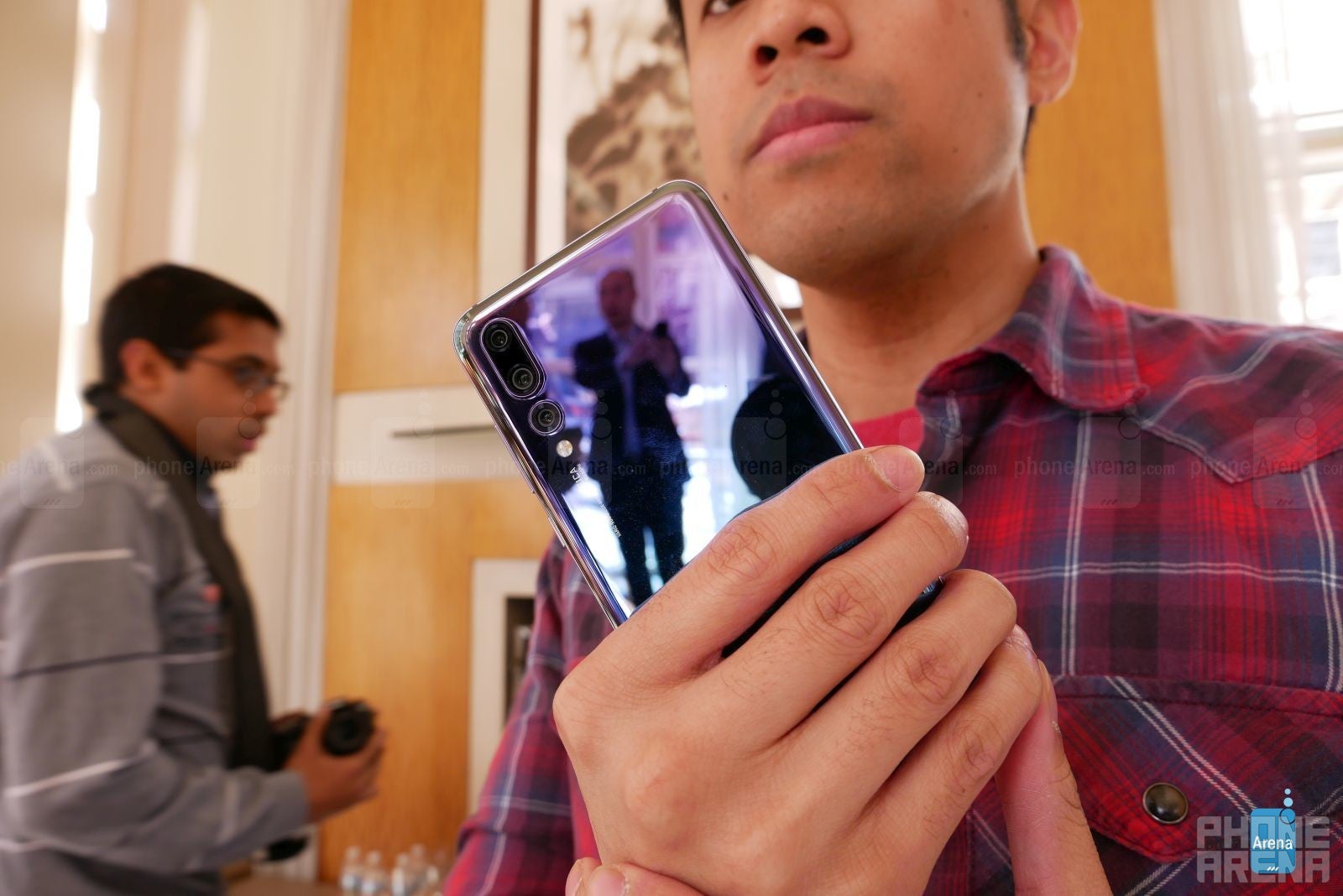
Battery
Sporting incredibly slim bodies, the P20 and P20 Pro are accompanied with 3400 mAh and 4000 mAh battery capacities. That's pretty generous considering that the two are 7.65mm and 7.8mm thin respectively. On top of that, the fast charging technology in play here will deliver a 0% to 58% battery charge with only 30 minutes of charging.
Expectations
First and foremost, we need to mention that neither phone has been confirmed to come out in the US market, which isn't all that surprising, given how the P-series' history. Secondly, there's no mention about their prices either, so it's anyone's guess at this point. Of course, if it intends to compete against Samsung's offerings, they'll need to stay within range.
Huawei is no doubt still reeling from a couple of disappointing news of late, but the P20 and P20 Pro are two examples of the company's tenacity and resilience in the face of adversity. These two are stunning, especially the P20 Pro and its intriguing triple cameras. Its take on the camera is undeniably different, but in a way, it shows their commitment to evolving and continuing to be a major force in the smartphone space.
While it's still early on in the year, we know that there are still several key players that have been withholding their flagships for the first half of the year. Huawei, to its credit, has something substantial with these two phones. For the majority of the US, it's going to be a great phone they'll never know about.






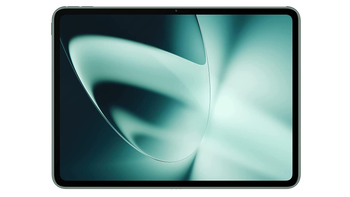
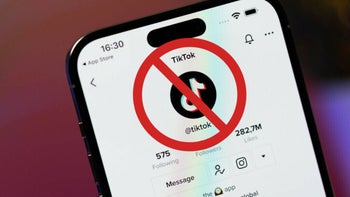

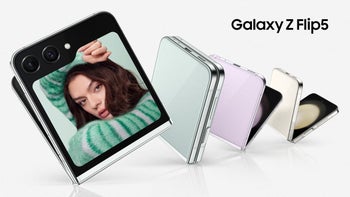
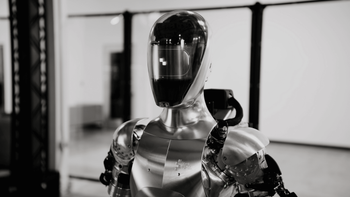
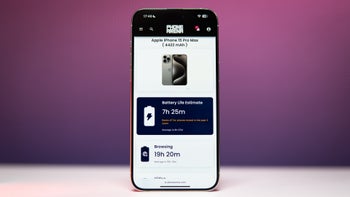
Things that are NOT allowed: